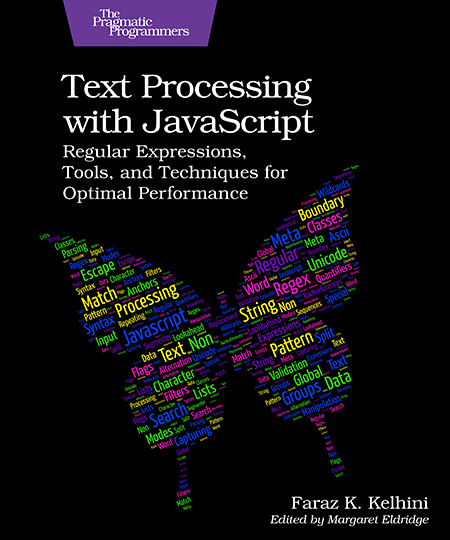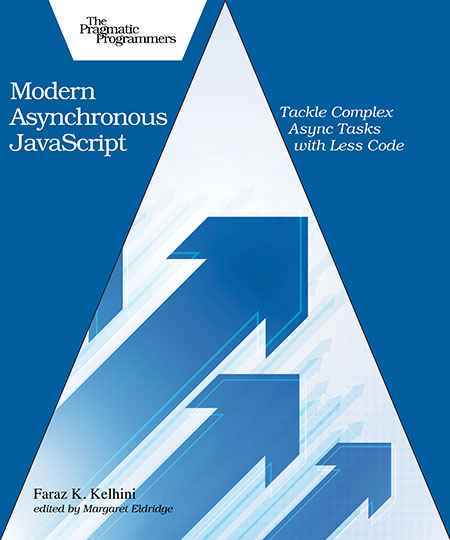While the regex syntax might appear daunting at first, once you get the hang of it, you can accomplish tasks that would otherwise require dozens of lines of code. In this article, we’ll look at four new regex features in ECMAScript that help web developers write less error-prone and more efficient code.
Almost all popular programming languages support regular expressions, and there’s a good reason for that: regular expressions provide developers with remarkably powerful tools that enable them to quickly perform tasks that would otherwise require dozens of lines of code. In this article, we will look at six text processing and manipulation tasks that front-end developers often have to deal with and see how regular expressions simplify the process.
The most common way for frontend programs to communicate with servers is through the HTTP protocol. You are probably familiar with the Fetch API and the XMLHttpRequest interface, which allow you fetch resources and make HTTP requests. If you are using a JavaScript library, chances are it comes with a client HTTP API. jQuery’s $.ajax() function, for example, has been particularly popular with frontend developers. But as developers move away from such libraries in favor of native APIs, dedicated HTTP clients have emerged to fill the gap.
It’s common for a webpage to use data and widgets from external sources. With no encapsulation, styles may affect unwanted parts of the HTML, forcing developers to use excessively specific selectors and !important rules to avoid style conflicts. Still, these efforts don’t seem to be very effective when writing large programs, and a significant portion of development time is wasted on preventing CSS and JavaScript collisions. The Shadow DOM API aims to solve these and other problems by providing a mechanism to encapsulate DOM trees.
There are dozens of jQuery plugins on the internet to help you create beautiful galleries. Most of them are more aesthetic than functional. This script helps you create a simple and lightweight jQuery photo gallery using unobtrusive JavaScript technique which allows users who have their JavaScript off still use the gallery.
A popular question on forums is how to create random numbers in jQuery. We don't really need to use jQuery for a simple task like this. The Math.random() method in JavaScript can be used to quickly create a random number between 0 and 1
We are used to arranging our time by the days of the week. People usually use phrases like “next Friday” or “last sunday.” It's easier for us to understand rather than reading a date and having to work out that it means next Friday. In this post, we'll look at how to calculate the day of the week of a given date such as "Apr 25th 1990" in PHP.
In this tutorial, you will learn how to automatically create a page title from its filename in just a few lines of code in PHP.
People often ask me what the difference is between UI (user interface) and UX (user experience). Today I'm going to answer this question, and compare them with IxD (Interaction Design). When we hear the word design, we think about how something looks. On the Web, before designing a website we should consider designing how the site works, how it will be used, and how people move through it.
To check if an element is visible using jQuery, you can use .is(':visible'). If you wanted to check whether an element is hidden then you would use .is(':hidden) instead.












